
Een Korte Geschiedenis van de Canon Canonet 28
Wat je krijgt: Context over wanneer en waarom de Canonet 28 werd geïntroduceerd en hoe het zich onderscheidde in het assortiment van Canon.
Gelanceerd in 1971, werd de Canon Canonet 28 al snel de toegankelijke broer binnen de populaire Canonet-reeks van Canon.In tegenstelling tot zijn meer geavanceerde broers en zussen met snellere lenzen en uitgebreidere handmatige bediening, vereenvoudigde de Canonet 28 de formule tot een compacte 35mm
Mijn eerste stap in de filmfotografie kwam via de Canonet 28 van mijn oom. Ik herinner me nog goed dat ik mijn allereerste rol film inlaadde en luisterde naar dat zachte klikgeluid—de camera vroeg om niets anders dan het moment zelf.

Belangrijkste Kenmerken Die de Canonet 28 Definiëren
Wat je krijgt: Een overzicht van de kernspecificaties, bedieningskenmerken en de fotografische ervaring.
Vaste Veelzijdigheid
De 40mm f/2.8 lens slaat een balans die werkt voor dagelijks fotograferen - van spontane portretten tot casual straatbeelden. Hoewel het niet de snelste diafragma heeft, houdt het de camera compact en toegankelijk.
Rangefinder Eenvoud
Met zijn heldere scherpstelgebied maakt de Canonet 28 handmatig scherpstellen intuïtief, zelfs voor beginners in
Beginner-vriendelijke Automatisering
De sluiterprioriteit automatische belichting vereenvoudigt het fotograferen. Kies gewoon je sluitertijd, en de camera bepaalt het diafragma.
Stille Bladsluiter
Perfect voor stille straatfotografie, de bladsluiter produceert minimale geluiden in vergelijking met het klappen van SLR-spiegels.

Wie zou deze camera vandaag de dag moeten overwegen?
Wat je krijgt: Inzichten in wie de Canonet 28 het meest zal waarderen in 2025.
De Canonet 28 blijft een aantrekkelijke keuze voor verschillende groepen. Analoge beginners zullen dol zijn op het gebruiksgemak. Straatfotografen profiteren van de compacte, discrete vorm. Iedereen die op zoek is naar een camera met één lens en een consistente kijkhoek zal de niet-afleidende beperkingen waarderen.
Fotograferen met slechts één brandpuntsafstand heeft me geleerd om te stoppen met inzoomen met glas en te beginnen met bewegen met mijn voeten—de Canonet 28 heeft mijn oog getraind als weinig anderen.
Creatief Werk waar de Canonet 28 in uitblinkt
Wat je krijgt: Inspiratie voor projecten waar de Canonet 28 echt tot zijn recht komt.
Straat &en Reisfotografie
Zijn compacte formaat nodigt je uit om het in een tas te gooien en te gaan. Geen gedoe, geen zware apparatuur.
Dagboekstijl Projecten
De onopvallende aard van de Canonet 28 sluit aan bij persoonlijke, alledaagse verhalen.
Experimentele Filmsoorten
Van de ruwe Kodak Tri-X tot cinematografische CineStill-films, deze eenvoudige machine past zich naadloos aan.
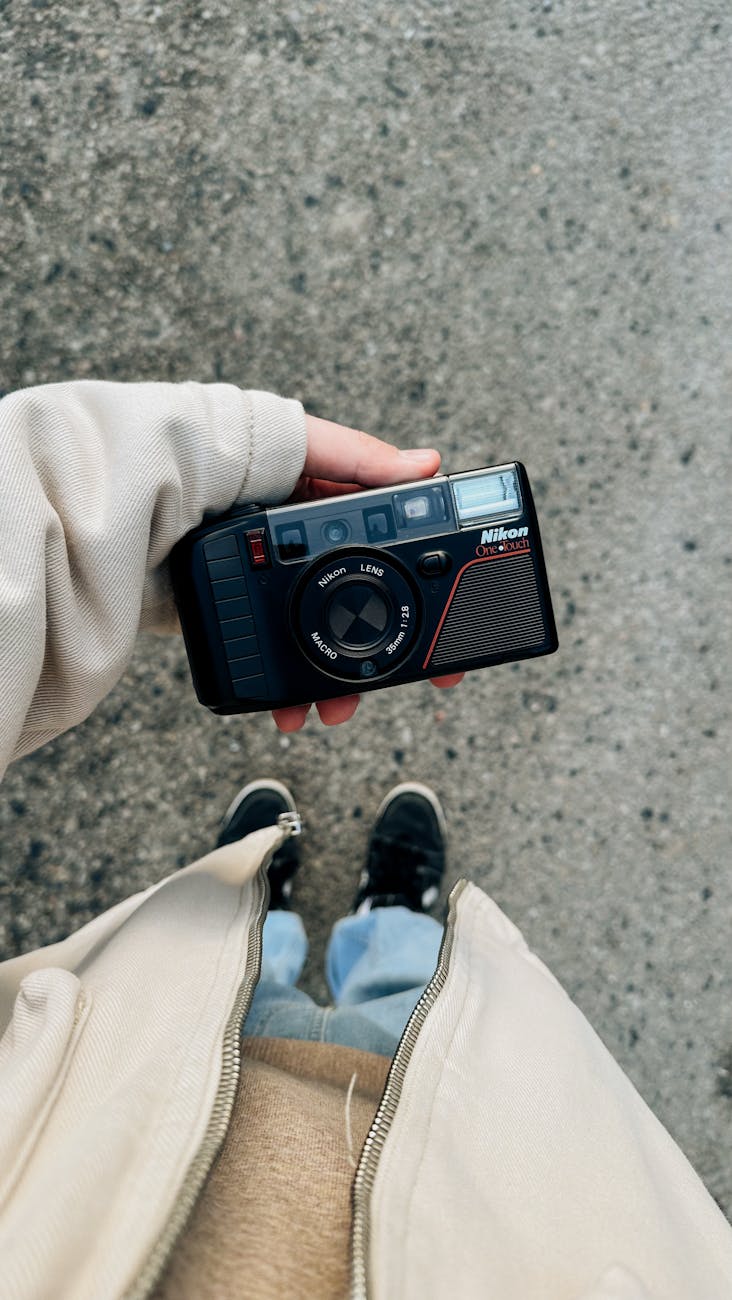
Praktische Tips voor het Gebruik van de Canonet 28 in 2025
Wat je krijgt: Praktische technieken voor modern fotograferen met een oudere camera
De Canonet 28 werkt moeiteloos zodra je een paar best practices omarmt: schiet met films met een hogere ISO, neem een moderne PX625 vervanging mee en pas de belichting aan indien nodig.
- Neem reserve PX625 batterijalternatieven mee
- Laad ISO 400+ film voor algemeen gebruik
- Controleer en vervang lichtafdichtingen voor lekken
- Gebruik kleine pols- of leren riemen om een compact gevoel te behouden
Op een reis naar het buitenland nam ik alleen de Canonet 28 mee. De beperkte lens gaf elke opname een samenhangende stijl—minder apparatuur, meer visie.

Gids voor het kopen van tweedehands voor de Canonet 28
Wat je krijgt: Essentiële adviezen voor het evalueren van een Canonet 28 voordat je koopt.
Inspectiechecklist
- Focuspatch is helder en zichtbaar
- Lens schoon en vrij van schimmel
- Sluiter werkt soepel bij alle snelheden
- Lichtafdichtingen intact of vervangen
- Meter reageert op licht met vervangende batterij
Eindgedachten: Waarom de Canonet 28 nog steeds belangrijk is
Wat je krijgt: Reflectie op de blijvende relevantie ondanks moderne technologie.
De Canon Canonet 28 is meer dan een betaalbare klassieker; het is een camera die blijft genieten van fotografie zonder afleiding. De mechanische ziel contrasteert prachtig met moderne, menu-gestuurde technologie, en herinnert ons eraan dat eenvoudige tools vaak de meest authentieke creativiteit ontgrendelen.
In vergelijking met de hedendaagse machines vol functies, voelt de Canonet 28 als een verfrissende ademtocht—stil, gefocust, eerlijk.
Veelgestelde vragen
Is de Canon Canonet 28 een goede camera voor beginners? Ja, de automatische belichting en de vaste lens maken het gemakkelijk te gebruiken, vooral voor degenen die nieuw zijn in de filmfotografie.
Welke batterijen gebruikt de Canonet 28 tegenwoordig? Oorspronkelijk PX625 kwikcellen; nu worden alkalische, zilveroxide of Wein-cellen met adapters gebruikt.
Wat moet ik controleren voordat ik een tweedehands Canonet 28 koop? Inspecteer de lens, scherpstelpatch, sluitertijden, lichtafdichtingen en meterrespons.
Kan de Canonet 28 worden gebruikt zonder een werkende lichtmeter? Ja, pas de Sunny 16-regel toe of gebruik een smartphone lichtmeter-app.
Snel besluit
- Kies de Canonet 28 als je een betrouwbare, compacte instap in 35mm film wilt.
- Vermijd het als je verwisselbare lenzen of volledige handmatige modi vereist.
- Ideaal voor straatfotografen die discretie verlangen.
- Werkt het beste in combinatie met veelzijdige ISO 400 films.
Voordelen
- Compact formaat, draagbaar voor reizen en op straat
- Beginner-vriendelijke automatisering
- Stille werking dankzij de sluiter
- Betaalbare toegang tot
rangefinder fotografie
Nadelen
- Beperkt tot sluiterprioriteit automatisering
- Vereist alternatieve batterijen voor de meter
- Vaste lens kan beperkend aanvoelen voor sommige gebruikers
Wil je meer filmcamera's verkennen? Blader door onze A camera's of duik in onze R camera's selectie.
Begin je filmreis met een vertrouwde tweedehands Canon Canonet 28 van
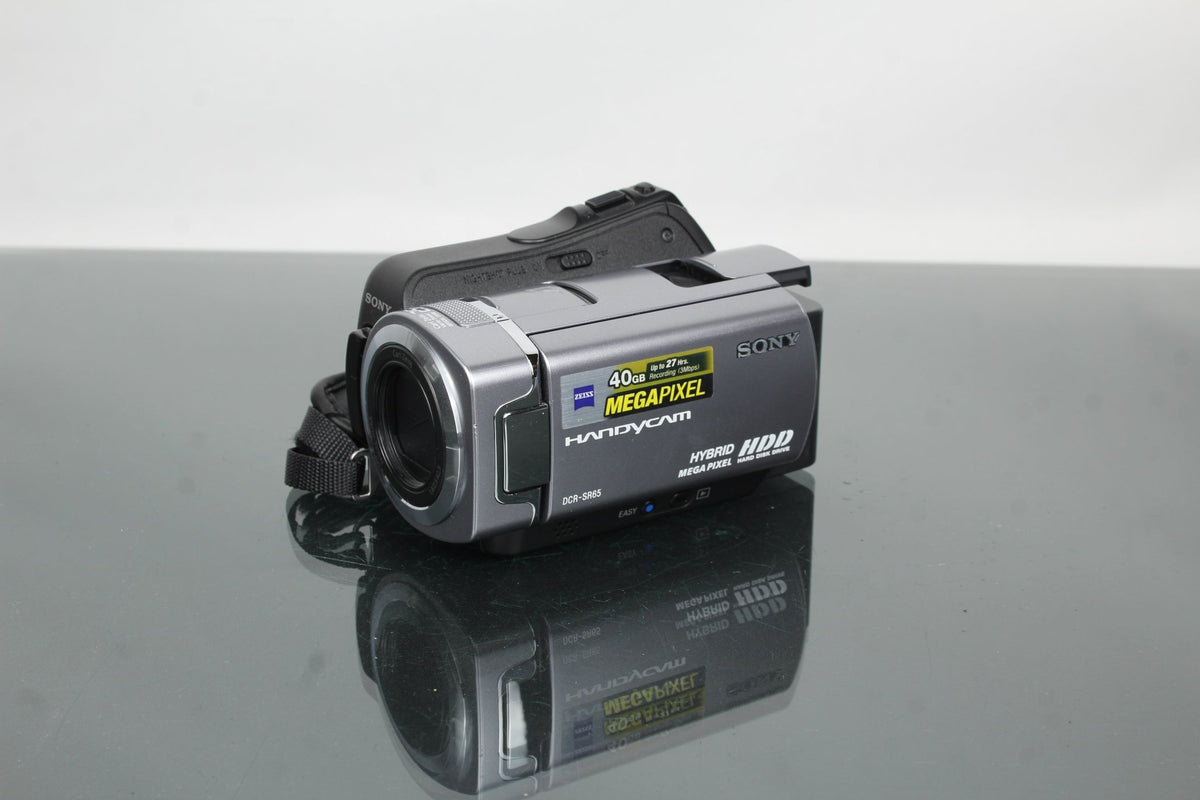

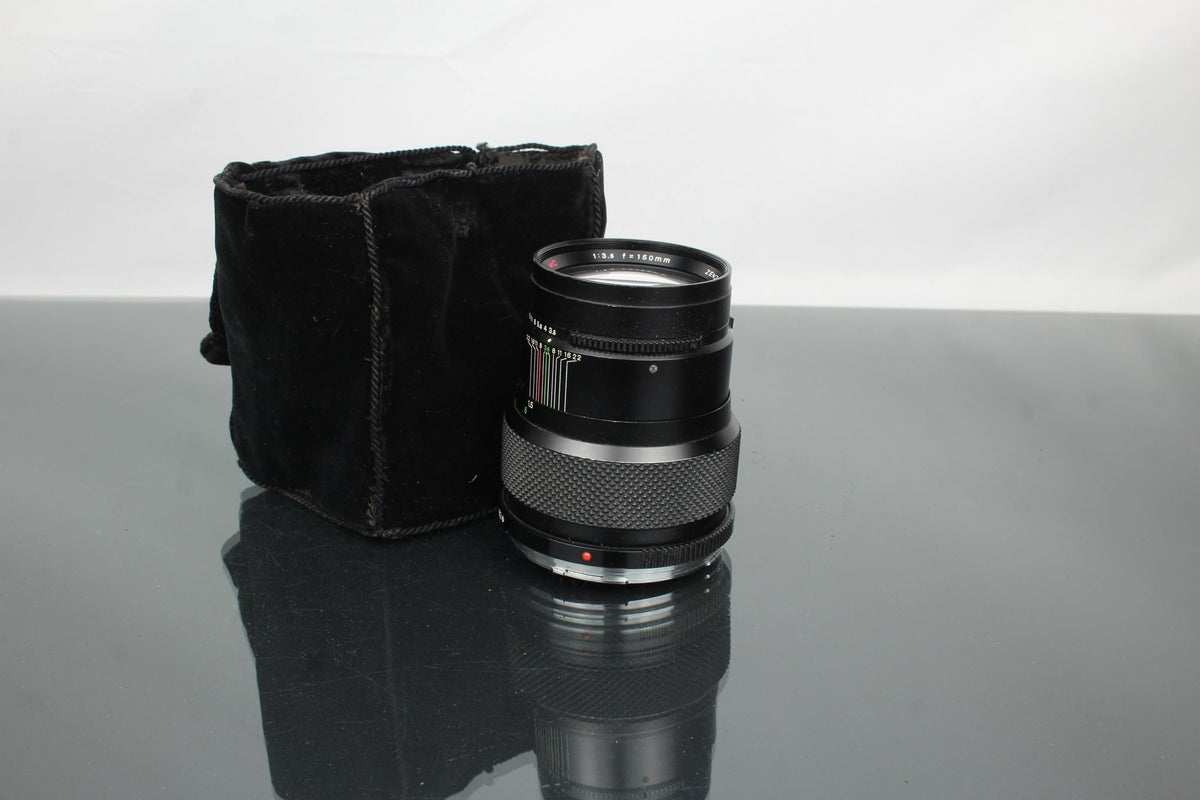
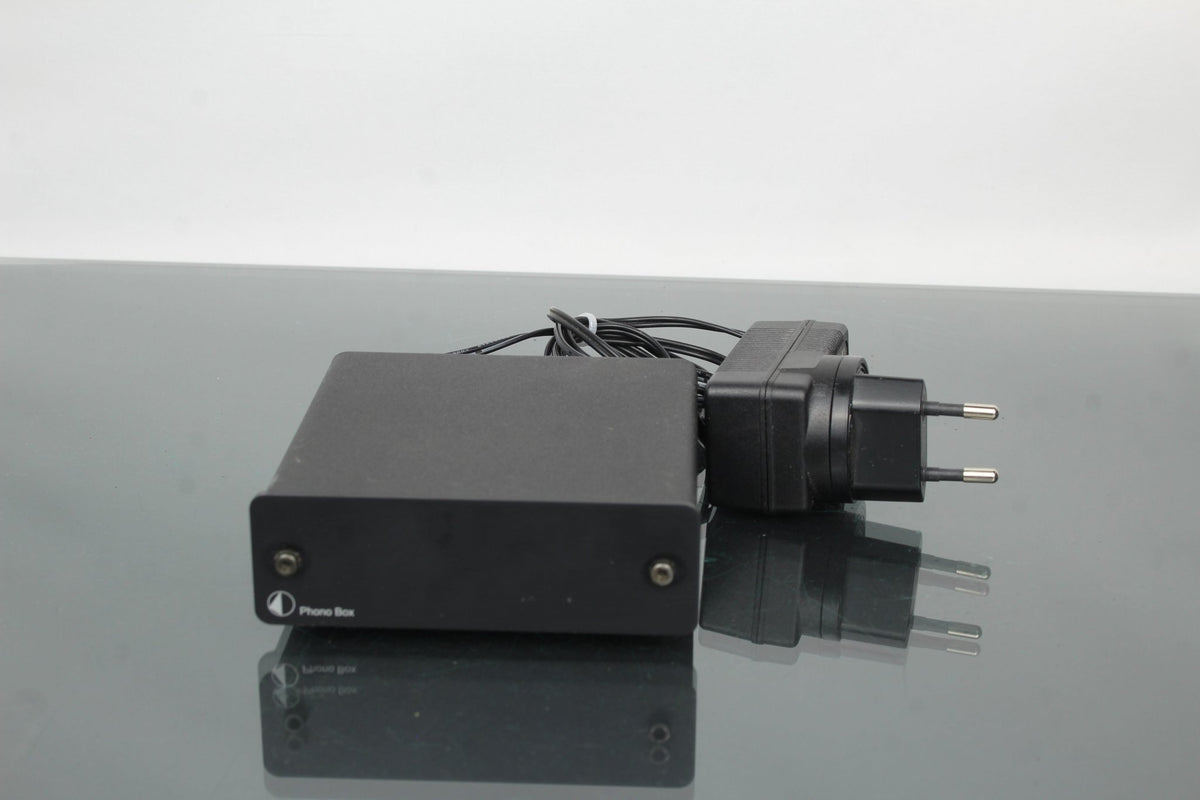
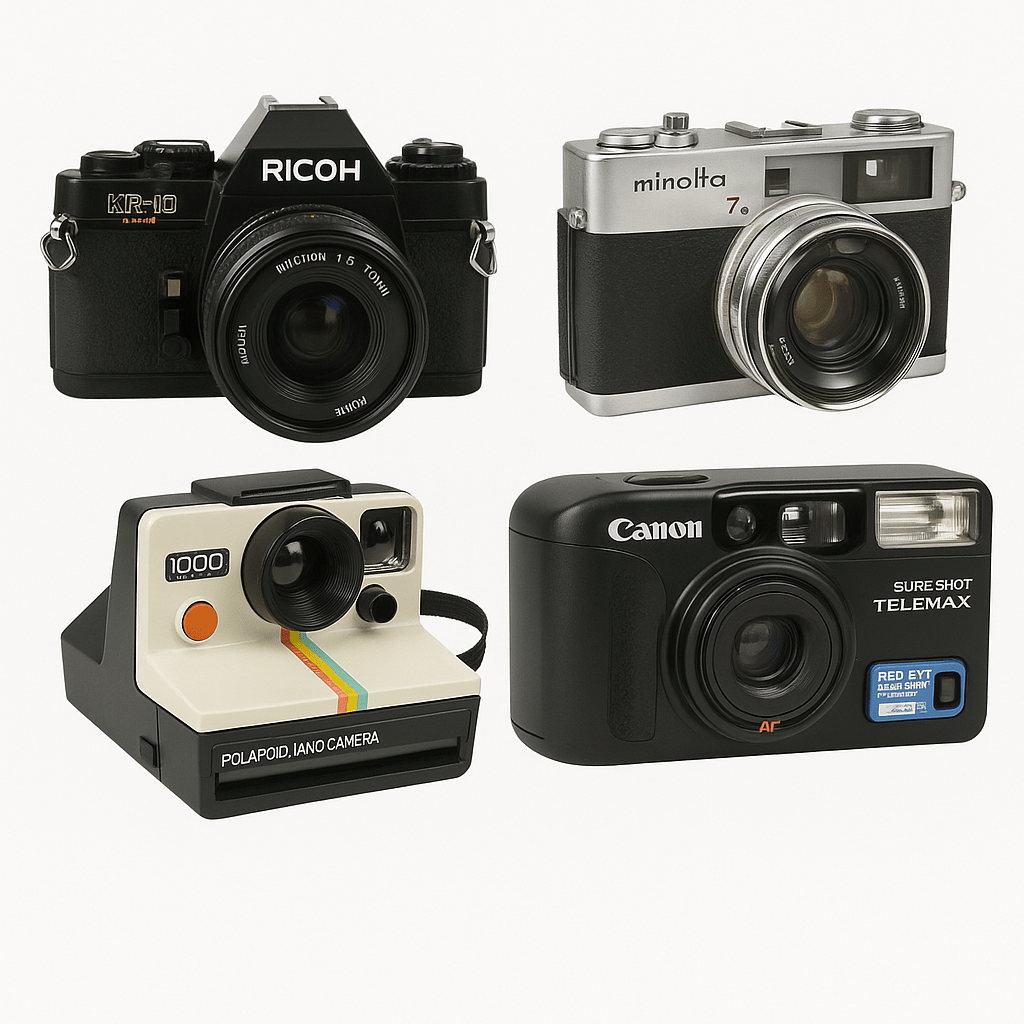
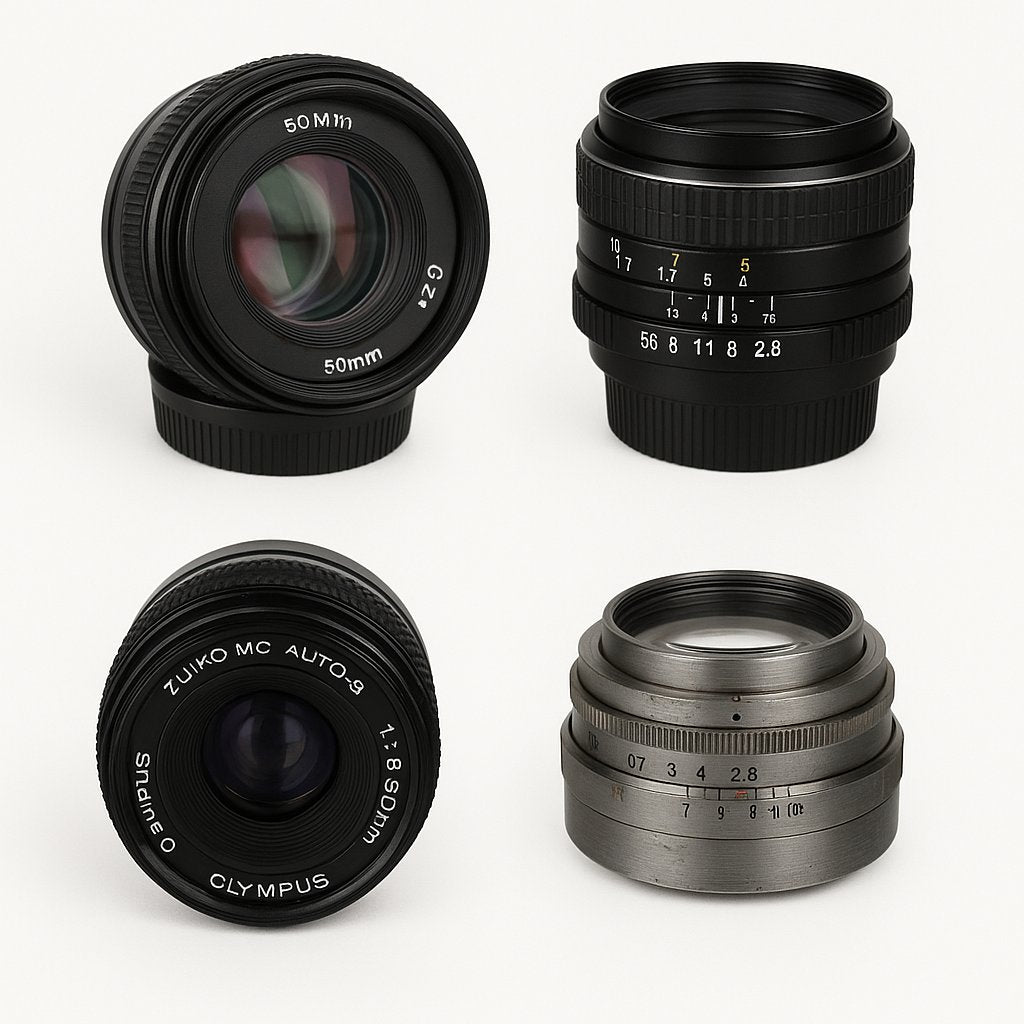
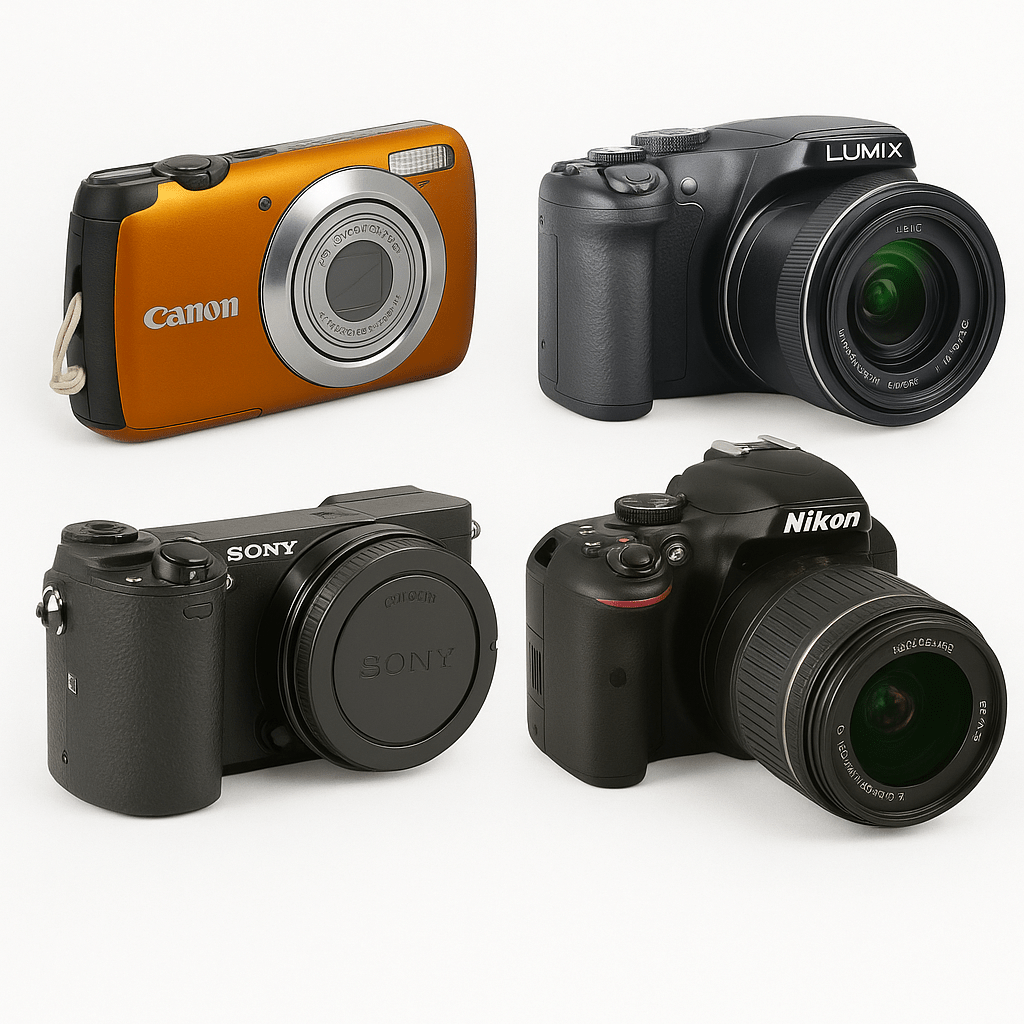
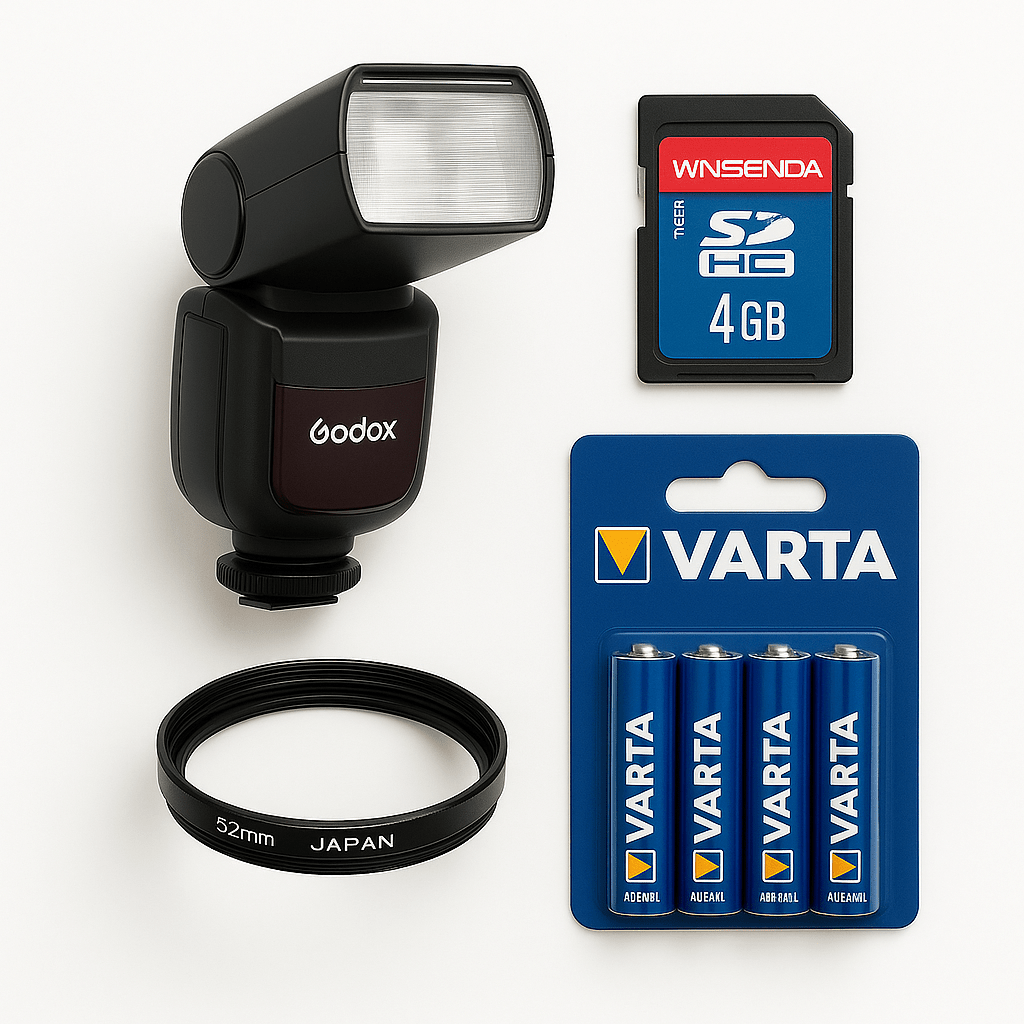
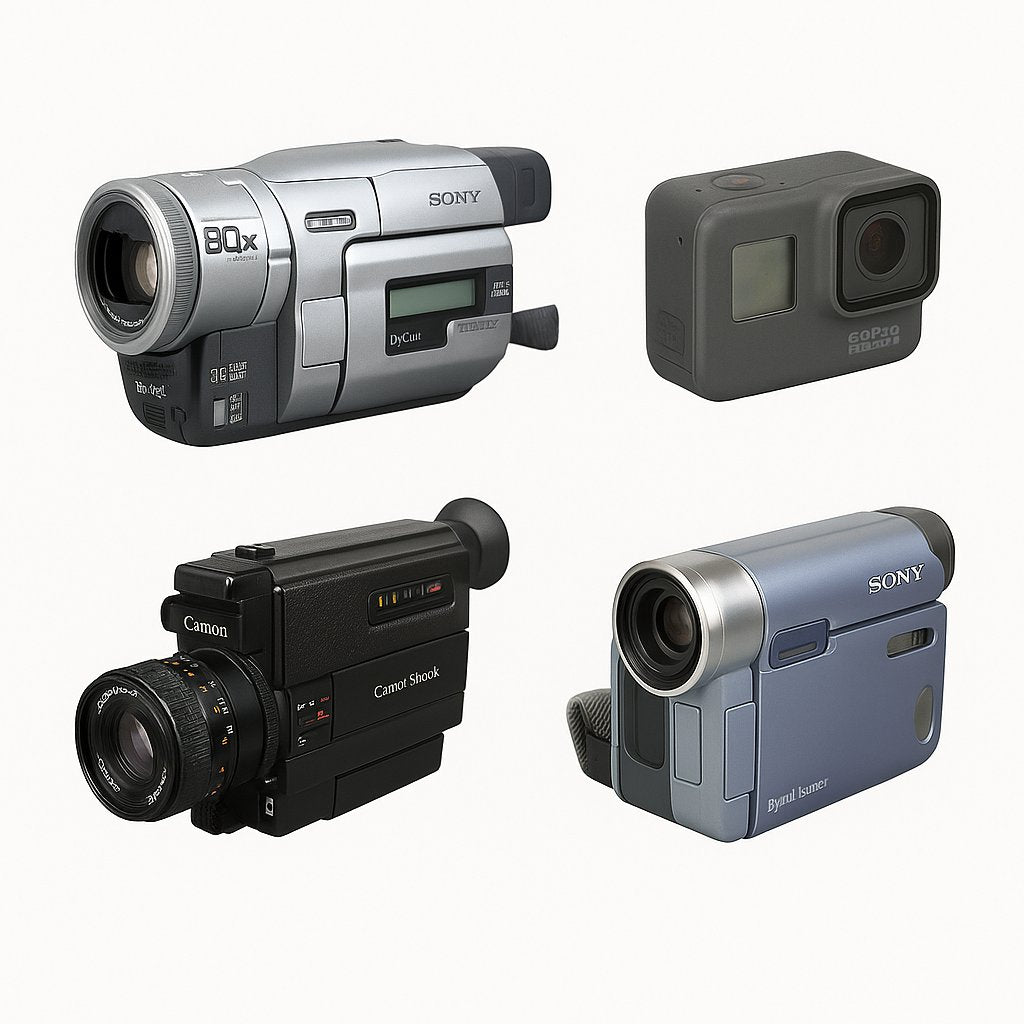
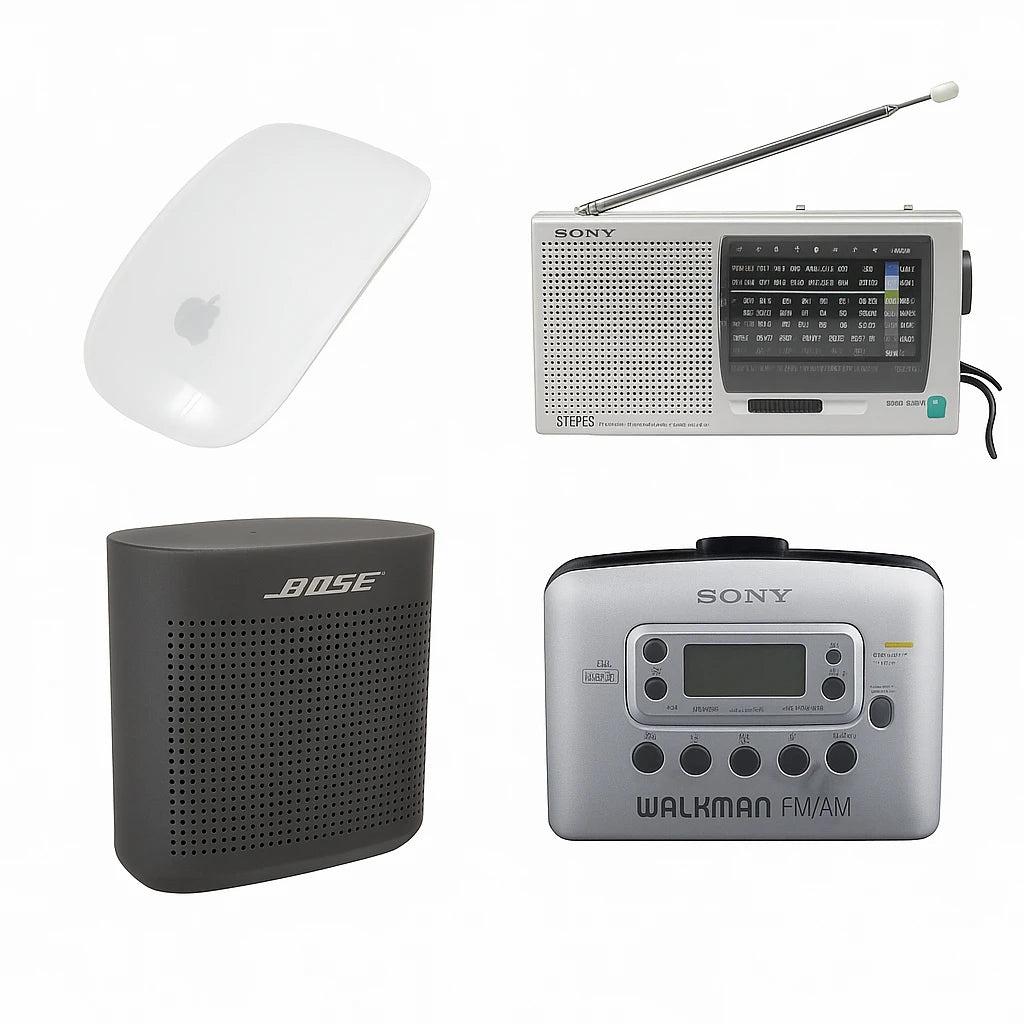
0 opmerkingen